
- 1- Understanding Dance and Technology
- 2- How Technology Enhances Dance Performance
- 3- Types of Interactive Dance Performances
- 4- Real-Life Examples of Interactive Dance Performances
- 5- Benefits of Incorporating Technology in Dance
- 6- The Future of Dance and Technology
1. Understanding Dance and Technology
Dance and technology might seem like two separate worlds, but the fusion of these two elements has led to exciting and innovative performances. Over the years, technology has gradually made its way into dance, enhancing both the artistic expression and the technical execution of dancers. From interactive digital projections to motion-capture systems, technology is reshaping how dancers practice, perform, and connect with their audiences.
At its core, the marriage of dance and technology brings new possibilities to the art form, allowing artists to break boundaries, create immersive experiences, and offer fresh perspectives on traditional dance styles. It’s not just about adding flashy gadgets—it’s about enhancing the emotional and physical experience of the performance for both dancers and viewers.
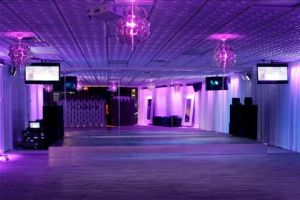
Jam Box Fitness Lounge / jambox galleria
Farmers BranchDallas CountyTexas
13450 Inwood Rd Suite 100, Farmers Branch, TX 75240, USA
2. How Technology Enhances Dance Performance
Technology has a powerful role in enhancing dance performances, transforming how choreography is created, practiced, and experienced by audiences. Here’s how:
- Interactive Projections and Visuals: Many contemporary dance performances incorporate digital projections that respond to the movements of the dancers. These projections can change color, shape, or form based on the dancer’s position or motion, adding a visually captivating layer to the performance.
- Motion Capture and Sensors: Motion capture technology allows dancers to interact with their environment in real-time. By wearing sensors or motion-capture suits, dancers can influence virtual elements on the stage, creating a dynamic and ever-changing experience.
- Soundscapes and Music Integration: Advanced sound technology can sync with dancers' movements, enhancing the music and sound effects in real-time. Using algorithms and sensors, the sound can shift based on the rhythm and intensity of the dance, making the performance feel more immersive.
3. Types of Interactive Dance Performances
Interactive dance performances come in many forms, all designed to merge movement with cutting-edge technology. Here are some of the most popular types:
- Augmented Reality Dance: Augmented reality (AR) adds virtual elements to the physical space, allowing dancers to interact with digital objects that appear to be part of the environment. For example, AR can project holographic creatures or abstract shapes that the dancers interact with, adding a futuristic flair to traditional choreography.
- Motion-Controlled Dance: In motion-controlled dance, the dancers’ movements are captured by sensors or cameras and used to manipulate digital elements in real-time. This could include virtual objects or projections that respond directly to the dancer’s actions, creating a seamless blend of technology and physicality.
- Immersive Dance Experiences: These performances combine dance with immersive environments that involve multiple sensory elements. Audiences may wear VR headsets, listen to surround sound, and experience interactive projections, all of which make the performance feel like a fully participatory event.
4. Real-Life Examples of Interactive Dance Performances
Several dance companies and choreographers have pioneered the integration of technology into their performances, leading to groundbreaking interactive experiences. Here are a few examples:
- “Rain” by Wayne McGregor: This performance featured motion-sensor technology, which allowed the choreography to influence real-time visuals. As the dancers moved, their movements directly affected projections of rain, which were altered based on their actions, creating a unique synergy between the dancers and the visuals.
- “Point of View” by Nederlands Dans Theater: In this performance, dancers wore motion-capture suits that tracked their movements, which then generated an ever-changing 3D visual world around them. This interactive environment was constantly shaped by the dancers, adding a new layer of depth and intrigue to the performance.
- “The Second Woman” by 2faced Dance Company: This performance used a combination of live dance and digital media. The choreography was enhanced with projections that reacted to the dancers' movements, creating a striking fusion of technology and emotion in real-time.
5. Benefits of Incorporating Technology in Dance
Incorporating technology into dance performances offers numerous benefits for both dancers and audiences:
- Enhanced Creativity: Technology provides dancers with new ways to express themselves creatively. The possibilities of integrating digital projections, sound effects, and motion sensors open up new artistic frontiers that were previously impossible to explore.
- Audience Engagement: Interactive dance performances engage audiences in a way traditional performances cannot. By incorporating technology, audiences feel more connected to the performance, with the added element of real-time interaction making the experience more personal and memorable.
- Improved Technique and Training: Technology also aids in training and refining technique. Motion-capture systems can help dancers analyze their movements in minute detail, enabling them to improve their posture, timing, and precision.
- Accessibility: Technology can make dance more accessible to a wider audience. With live-streamed performances, augmented reality experiences, and virtual reality, dance can reach people who might not have been able to attend in person.
6. The Future of Dance and Technology
The future of dance and technology is incredibly exciting, with innovations on the horizon that will continue to push the boundaries of what’s possible. Here’s what we can expect:
- Virtual Reality (VR) and Dance: As VR technology advances, we can expect more immersive dance experiences where audiences are not just watching, but participating in the performance. Dancers might also use VR to create interactive choreography that allows for more flexibility in their movements and storytelling.
- Artificial Intelligence (AI) and Choreography: AI may play a role in choreography creation, where algorithms generate new movements or patterns based on specific inputs. This could lead to dynamic performances that adapt in real-time to the dancer’s style and abilities.
- Enhanced Audience Participation: Future performances may offer even more audience involvement through wearable technology or apps that allow viewers to influence aspects of the performance, from lighting to music and choreography.
At Creative Edge Dance Studio, we embrace the fusion of technology and dance. We provide classes and resources to help dancers explore new techniques, including the integration of digital elements in their choreography. Whether you're looking to incorporate technology into your practice or simply want to stay up-to-date with the latest trends, we offer the support and guidance you need.
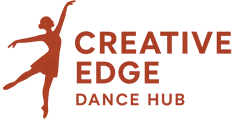

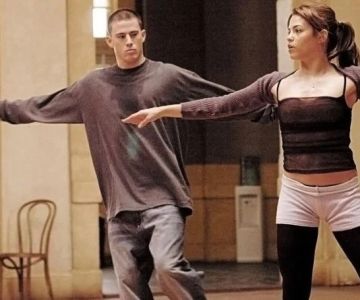
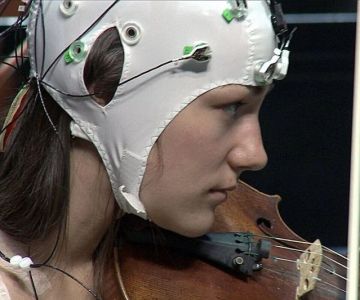
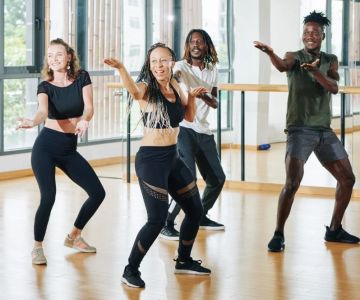


 Solstice Dance Academy5.0 (4 reviews)
Solstice Dance Academy5.0 (4 reviews) Rockcrest Ballet Center4.0 (22 reviews)
Rockcrest Ballet Center4.0 (22 reviews) Platinum Acro and Dance / Casa Dance Studio4.0 (26 reviews)
Platinum Acro and Dance / Casa Dance Studio4.0 (26 reviews)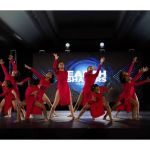 Essence Dance Arts Academy5.0 (123 reviews)
Essence Dance Arts Academy5.0 (123 reviews) Dominique Dawes Academy4.0 (114 reviews)
Dominique Dawes Academy4.0 (114 reviews)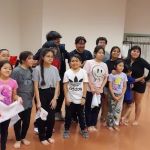 Sentimiento Peruano USA Dance School0.0 (0 reviews)
Sentimiento Peruano USA Dance School0.0 (0 reviews) My Journey of Turning My Home Into a Mini Dance Studio – Lessons Learned
My Journey of Turning My Home Into a Mini Dance Studio – Lessons Learned What is Kizomba? The African Partner Dance Sensation Explained
What is Kizomba? The African Partner Dance Sensation Explained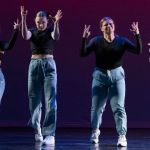 What is a Dance Crew and How to Join or Start One
What is a Dance Crew and How to Join or Start One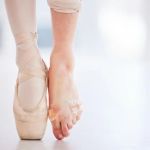 How to Care for Your Feet as a Dancer: Prevention and Recovery
How to Care for Your Feet as a Dancer: Prevention and Recovery The Role of Costumes in Dance Performance and Identity
The Role of Costumes in Dance Performance and Identity My Experience of Teaching Dance in Schools — What I Learned About Kids
My Experience of Teaching Dance in Schools — What I Learned About Kids